I originally bought the Bard's Tale around 2005 I think, on physical disc. However, I don't remember playing it past the first section. I don't recall now if this is because my computer at the time couldn't handle it or if I disliked the top down view but either way, I didn't continue with it and the disc is gathering dust in the loft to this day.
Recently I picked it up from GoG on a whim and started to play which is where the first conundrum lies. This game is titled The Bard's Tale, and it includes The Bard's Tale Trilogy as well, a series of even older DOS games. And yet, I know there's a (fairly recent) Bard's Tale IV. So where does this game fit in, if at all? I don't know - the older games are a shade too old-school for me, although at some point I'll pick up the remastered versions that I now know are available. I think the earlier games are block based dungeon crawlers similar to Eye of the Beholder or Legend of Grimrock, whereas this is a more hack and slash game with minor RPG elements bolted on top. Story wise, it seems to be stand-alone with no obvious context to any past deeds.
Take a tip and run the external setup program before playing the game. I spent quite a while playing at a ridiculously low resolution before finding the set-up program which allowed me to select 1920x1080. As it's such an old game I automatically assumed it didn't support custom resolutions
Default resolution aside, despite the fact it is an old game, it doesn't really show its age - unless it's had some remaster treatment of its own, the copyright on the loading screen does state 2004-2012 which implies it's had an update at some point (even if only to remove whatever DRM it probably shipped with).
You play the titular Bard on a quest "for coin and cleavage", and while you can fight all on your lonesome if needed, the really interesting part of the game is how you can learn new tunes to summon different characters into your party. There are different classes, utility, damage, healing, etc. and each character is quite useful in its own way, although some more useful than others! Each summon has a base level, and an upgraded version. At least I assume so - I finished the game with almost all summons upgraded, but not all.
There's also a narrator where in a lot of humour comes in, along with 4th wall breaking given the Bard can hear and react to the narrator. I found the game to be quite funny right from the very first quest, and the humour was never too lewd or crass.
As well of the humour of the narrator and the people you encounter, there are also sections where you trigger a song complete with sing-along dots. Some of these are caused by interaction with bar patrons (of course), and some are triggered at key points throughout the story. I found these very entertaining! While poking around in the game files, I found a file named karaoke.rni which seems to control the dots, but also means I can print out one of the songs as an example.
"Oh, it's bad luck to be you.
A chosen one of many isn't new.
When you think you're full of luck
in the bullocks you'll get struck.
Oh, it's bad luck to be you.Now, Ogan came young from the farm
and tried to save the princess from all harm.
Equipped with just a stick,
and a head made out of brick,
his rabbit's foot failed as a charm.Oh, it's bad luck to be you.
The prophecy is never coming true.
In a pickle you'll be stuck,
like a chicken you will cluck.
Oh, It's bad luck to be you.Believing that he was the One,
his ego weighed in at a ton.
His mum's a crazy bat.
Did we mention she was fat!
And she'll need a pine box for her son.Oh, it's bad luck to be you.
Don't think for just a second it's not true.
When your life is run amuck
you will see that you're the schmuck.
Oh, it's bad luck to be,
really bad luck to be,
nobody could disagree,
it's a freakin' guarantee,
it's bad luck to be you!
Diddly doo."
The game world is divided into several regions, many of these have sub regions and you can more or less freely move about them. Hidden throughout the world are chests (which may also be disguised as tree stumps) which contain coin, crystals used for certain summons, equipment and tunes. It definitely pays to hunt every nook and cranny for these. In terms of equipment, some of it is passive tokens that boost your base attributes, or weapons and armour. You can use a variety of these (dual wield, flails, two-handled, bows) and while in most cases you can pick a favourite and stick with it, occasionally you will have to switch to another type.
There are also optional dungeons which you can only find by buying the appropriate map. I came across 5 in my play-through, don't know if there are more than that. Some of the dungeons are interesting as they have null magic mechanic which means you have to rely on yourself without any summons, although you can still use some magic, e.g. healing.
As well as the tunes and tokens you can find in the dungeons, you can also find new weapons and armour. As you'll probably end up with a ton of silver, then you'll also be able to buy weapons and armour (and the odd instrument) from shops too. As you progress though the game you'll get hold of better instruments which allow you to have more summons at once, or more mana for summoning creatures lost in battle. Each time you get an item better than the current, the current item is converted to silver - you always only have one of each item type. If you already own better, then shops simply don't show you lower items. Interestingly, despite cleaning out each shop I encountered, the items I finished the game with all came from drops in the game world, so technically I suppose I could have played through without buying anything (except maps).
While it's mostly a hack and slash, there are some minor RPG elements - the Bard has the staple RPG attributes, Strength, Vitality, Dexterity etc., along with a Charisma stat that actually has a purpose (it makes things cheaper to buy in the previously mentioned shops), and a Rhythm stat to boost his summons. Every other level you can also learn one new skill, mostly tailored around your weapons.
The difficulty of the game wasn't too bad. I think I may have done some chapters at a level that was just below par, either that or I'm a below par player. There was one area in particular where there was a set of timed waves of monsters, and wave two kept killing me each time. I looked up a guide which said to use the upgraded Rat, except I didn't have this upgrade. In that part of the game, you're not able to backtrack so I reloaded an earlier save and tried to find the upgrade. Unfortunately I couldn't do that either as the story progression had quite dramatically changed that part of the world and the area with the upgrade was no longer accessible. I wasn't in the mood for replaying several hours’ worth of game either, so I refused to load an even earlier save. Fortunately I also discovered the game has built in cheats, so I activated a god mode cheat, got past those waves, then deactivated the cheat and continued on my merry way. As from the odd death from the phase shifting druid's and their purple blasts I didn't have much trouble with the rest of the game, even the bosses weren't that taxing.
I completed the game in around 20 hours - I definitely got my money's worth! However, towards the end I was starting to find it getting a bit repetitive and dull. The very final level in particular was just tedium until getting to the end sequence itself.
I did enjoy the fact that the game had a few endings, including one that was totally up the Bard's alley and naturally the first one I chose. It was also interesting getting advice from my summoned creatures on what to choose. Played though all three and that was the only point the age of the game showed - whilst for most of the game cut scenes are rendered by the game engine, the endgame cut scenes are recorded video at a very low resolution. Still, they were viewable.
This post was first published Sunday 19th of May 2019 and was last modified Sunday 19th of May 2019 at 16:42:06.
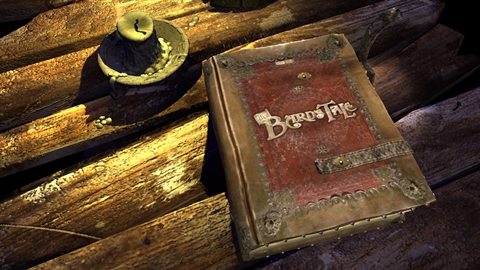



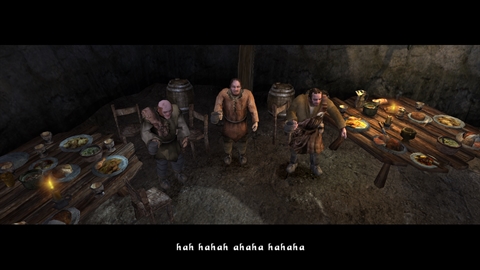
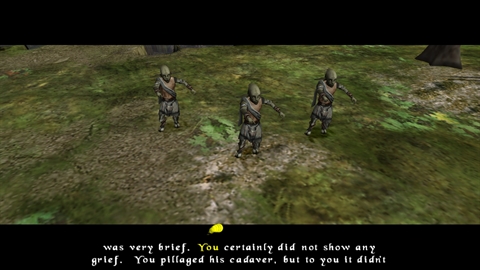
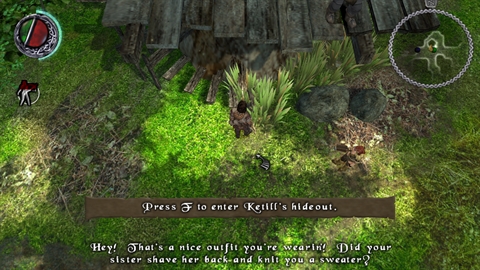
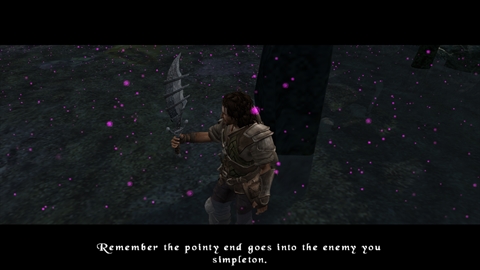
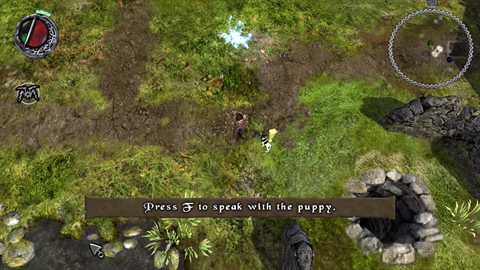
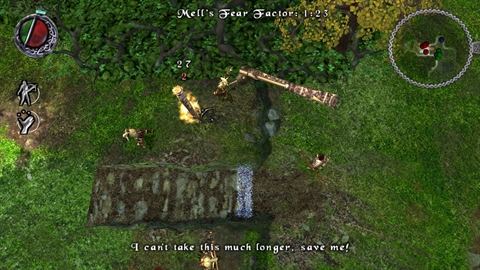
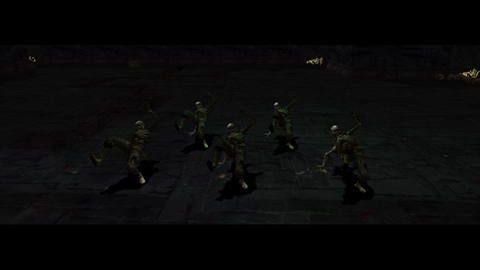
Got something to say?
Leave a comment
Replied on your own website? Send a Webmention!